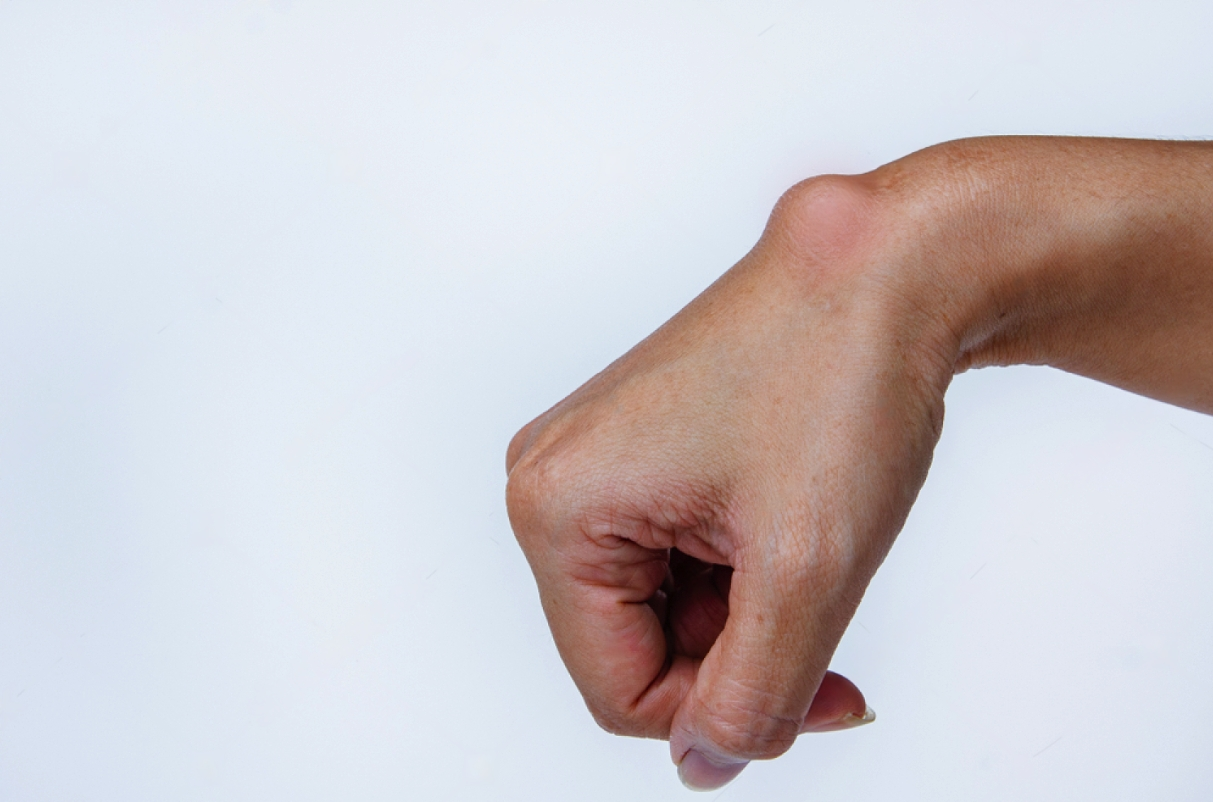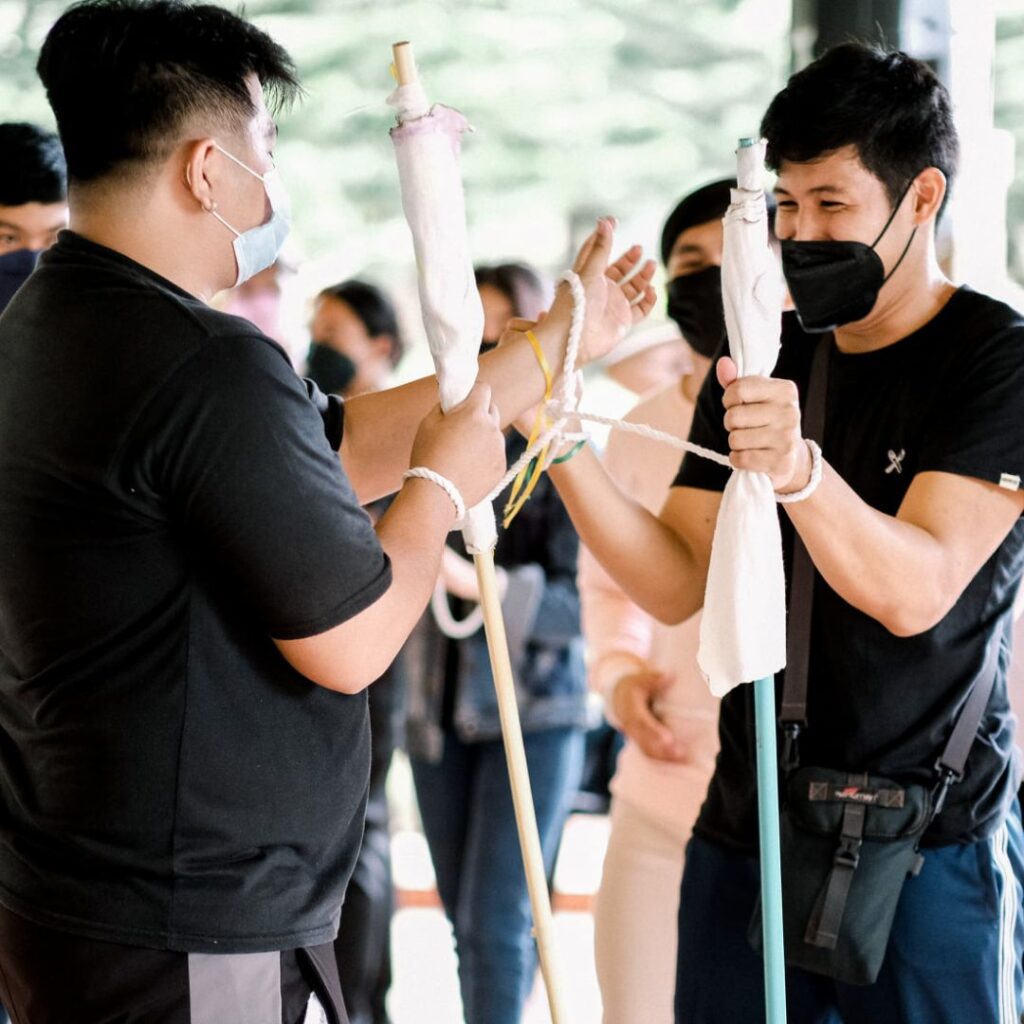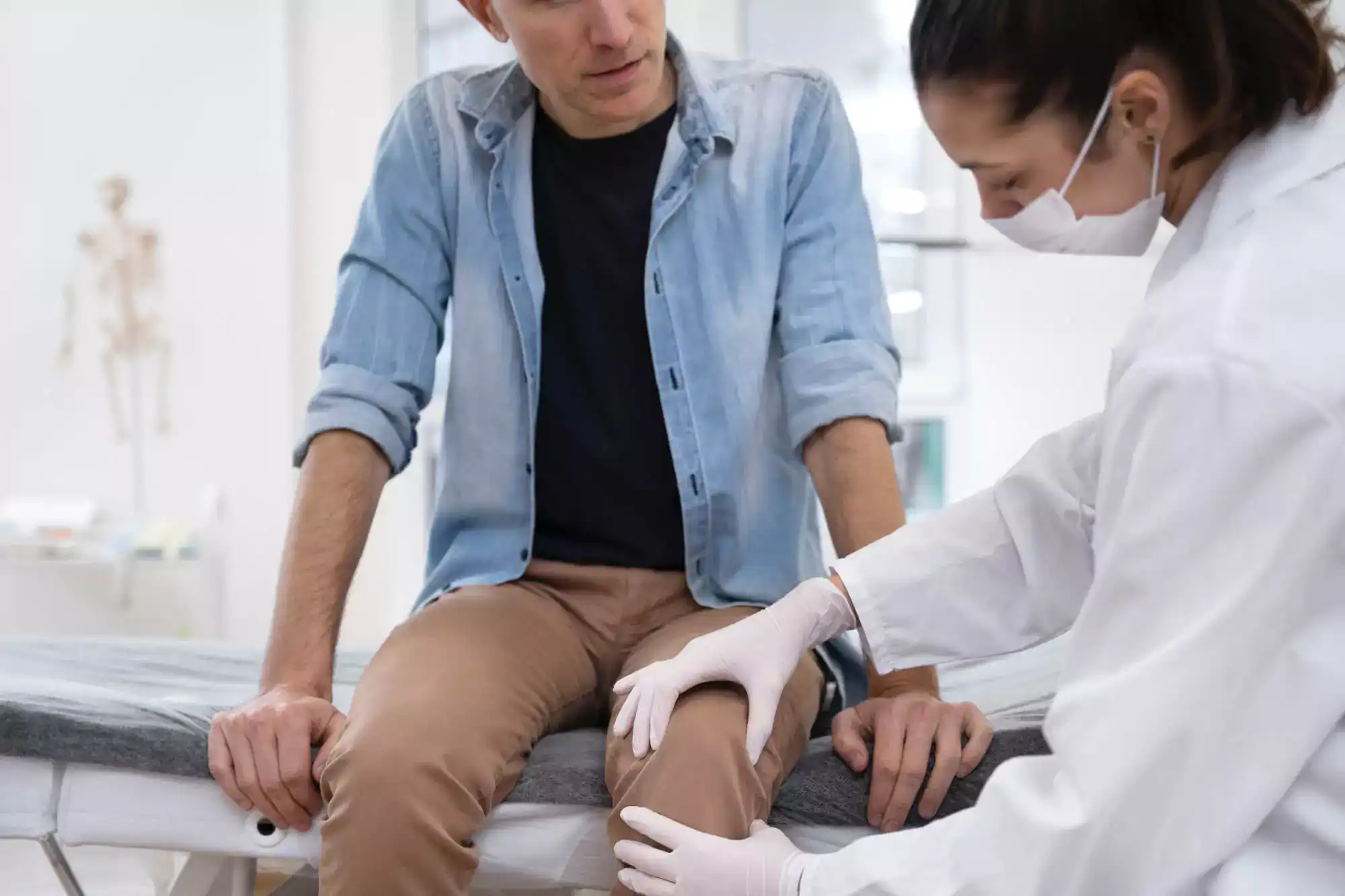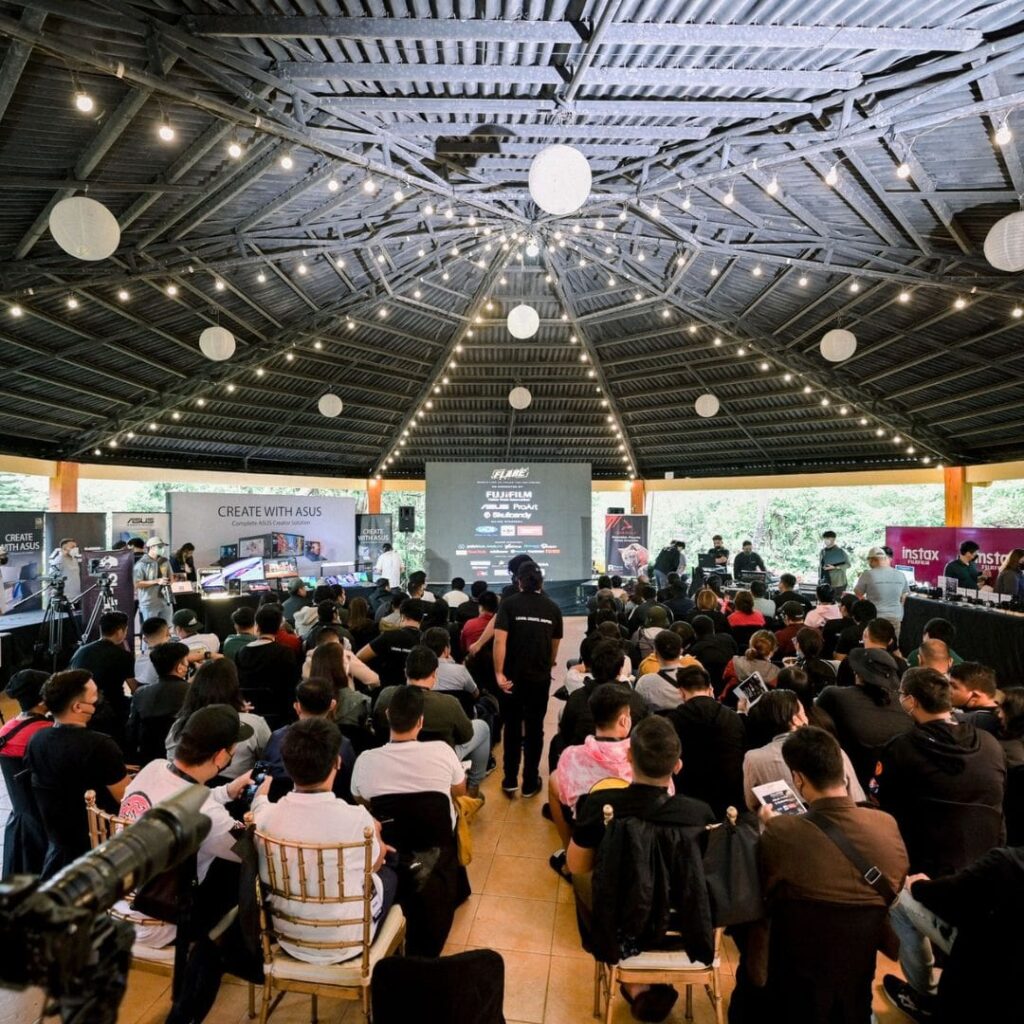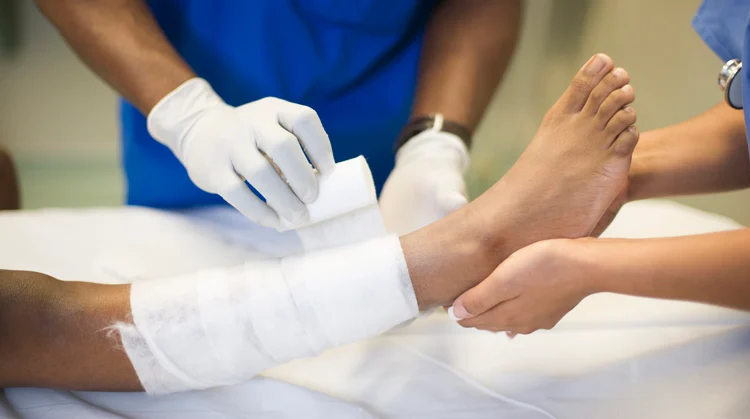Ganglion cysts, those fluid-filled sacs that often develop near joints or tendons, can be a source of discomfort and limitation in daily activities. When conservative treatments fail to alleviate symptoms like persistent pain or restricted movement, ganglion cyst removal surgery may become necessary. If you’re preparing for this procedure, understanding what to expect and how to get ready can help ensure a smoother journey towards recovery.
Understanding Ganglion Cysts
Ganglion cysts are noncancerous growths that typically form near joints in areas such as the wrist, hand, ankle, or foot. They vary in size, ranging from as small as a pea to as large as a golf ball. While their exact cause isn’t always clear, repetitive stress or injury are often contributing factors.
Indications for Surgery
Your doctor may recommend surgery if conservative treatments like rest, splinting, or aspiration (draining the fluid) haven’t provided lasting relief. Symptoms that might indicate surgery include persistent pain, discomfort during movement, or the cyst interfering with the function of nearby tendons or joints.
Preparing Mentally and Emotionally
Preparing for surgery involves not just physical readiness but also mental and emotional preparedness. It’s normal to feel anxious or uncertain about undergoing surgery. Consider discussing your concerns openly with your healthcare team, who can provide reassurance and guidance.
Preoperative Consultation and Planning
Before scheduling surgery, you’ll have a preoperative consultation with your surgeon. This is the time to discuss the procedure in detail, including potential risks and benefits. Your surgeon will outline the steps involved, what to expect on the day of surgery, and answer any questions you may have.
Physical Preparation
Maintaining good physical health leading up to surgery can support your recovery. Your surgeon may advise you on exercises to maintain or improve mobility in the affected area. It’s also important to follow any dietary guidelines provided, including fasting requirements before surgery.
Practical Preparations
Practical preparations include arranging transportation to and from the hospital or surgical center on the day of your procedure. You’ll likely need someone to drive you home afterward, as anesthesia can temporarily impair coordination and judgment.
Psychological Preparation
Take time to mentally prepare for the surgical experience. Practice relaxation techniques or engage in activities that help alleviate stress. Having a support system in place—whether friends, family, or support groups—can also be beneficial.
Understanding the Surgical Procedure
During ganglion cyst removal surgery, your surgeon will typically make a small incision over the cyst, carefully dissecting and removing it along with any nearby tissue that may contribute to its recurrence. The procedure is usually performed under local anesthesia, and in some cases, with sedation to help you relax.
Postoperative Care and Recovery
After surgery, you’ll be monitored for a short period to ensure there are no immediate complications. Your surgeon will provide specific instructions for wound care, pain management, and rehabilitation exercises to promote healing and restore function. Follow-up appointments will be scheduled to assess your progress.
Takeaway
Preparing for ganglion cyst removal surgery involves both physical preparation and emotional readiness. By understanding the procedure, communicating openly with your healthcare team, and following their guidance, you can approach surgery with confidence and focus on achieving a successful recovery.

